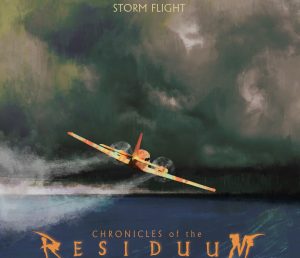The growth of social media has made the world seem like a smaller place as we find ourselves quickly connected with like-minded people from all over the globe. For music lovers, this opens a world of possibilities.
Finding new music has never been easier. This means more exposure to artists from different countries, cultures, and genres. Older music lovers may look back in fondness at the ritual of sifting through record stores searching for obscure imports, though many will remember that this process of discovery was often drawn out and frustrating.
In contrast, contemporary and tech-savvy listeners will be used to the instantaneous nature of online streaming and downloading. Thanks to the portable way in which we can plug in and listen to our favourite artists and albums, it’s easier than ever before to discover new sounds and share them with our ever-growing networks.
It’s clear that the times have changed: the way we create, consume, and share music is completely different from the way it was 50 years ago and social media has certainly played a massive part in this change. For example, a recent ExpressVPN survey suggested that 20% of generation Z social media users would want $1 million or more to permanently delete their favourite social media account. This shows just how much social media networks have become ingrained as a part of daily life. Discovering new forms of art, music, and culture is one of the more positive aspects of this trend, with YouTube being the go-to place for this age group.
Globalisation of music
One interesting side effect of this globalisation is the return of artists singing in their native language. In Spain for example, many bands used to record songs in English in the hope of getting exposure beyond their own borders. But also, to appeal to Spanish music fans who often overlooked local music in favour of popular English bands.
Nowadays, it is more common for new bands to record in Spanish. There are a few reasons for this. Firstly, they can now publish to the entire Spanish-speaking world with a click of a button via sites such as Spotify and YouTube. Secondly, Spanish consumers are also returning to homegrown music in increasing numbers. And finally, English-speaking music fans are now more willing to listen to songs sung in a foreign language. This just wasn’t the case until recently.
The Rosalia phenomenon
A good example of a bilingual music artist with universal appeal is Spanish singer Rosalia. She speaks fluent English and recently signed a huge deal with Columbia Records to record her third album “Motomami,” released in 2022. She could have opted to sing in English but instead chose to record the album in her native Spanish. This decision did not deter listeners, however, with more than 16 million streams recorded on Spotify on the album’s first day of release. These were the highest figures for a female Spanish album in streaming history.
.@rosalia‘s new album ‘Motomami’ is an electrifying serve from a left-field mastermind. Read the ⭐️⭐️⭐️⭐️⭐️ NME review https://t.co/ksewCDZY6C
— NME (@NME) March 18, 2022
Rosalia currently has 22 million monthly listeners on the platform with some songs reaching over half a billion total streams and some of her YouTube videos have also reached more than 100 million views. In addition, Rosalia has even been tipped as a future headliner for the UK’s prestigious Glastonbury festival after her exhilarating performance in 2019.
Many other Spanish artists who have previously recorded albums in English have switched back to Spanish in response to this change in musical tastes. This is also true abroad where immigrant communities are reverting to their native language and finding greater success. The Latin pop explosion in London is a great example of this.
Thanks to social media, the barriers which used to divide musical scenes in different countries are now being eroded and hardcore music fans are connecting on a global scale. Lines are being blurred and a musical melting pot is being created where fans can enjoy the freedom of listening without constraints.







